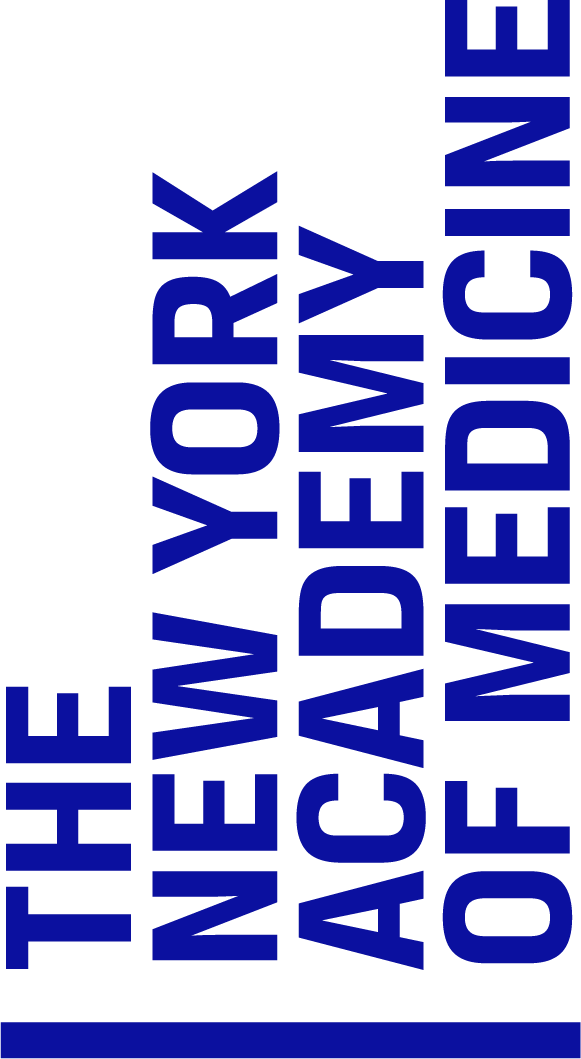Items
(1 - 2 of 2)
- Title
- Engravings of the Arteries
- Description
- This early work by the Scottish anatomist Charles Bell was composed for medical students and aimed to offer accurately and simply-rendered illustrations of the arteries. It was used as a preparatory text for surgical study and practice. The ten engravings in this volume were hand-colored, and labelled with letters corresponding to explanatory descriptions of the arteries on the opposite page. Bell was an accomplished medical illustrator; the engravings were done by Thomas Medland after Bell’s drawings. For Bell, true anatomical understanding was aided in pairing accurate drawing with thorough description. Bell believed that a variety of bodies should be used as subjects, and that the artist must choose the most typical anatomical examples to copy accurately. Bell made important inroads in determining the sensory functions of the nervous system, and was an early advocate of the idea that different parts of the brain controlled different functions; his pioneering work on the brain and cranial nerves influenced the work of other important brain researchers for decades. Chief among his achievements are his very fine medical illustrations, unsurpassed in terms of efficiency of presentation and elegance. These are very much on display in this beautiful book.
- Subjects (LC)
- Anatomy, Arteries, Arteries—Surgery, Atlases, Engraving, Medical illustration, Medicine, Nervous system, Surgery, Surgery—History
- Title
- Feldtbuch der Wundartzney
- Description
- This manual for military surgeons first published in Strassburg in 1517 was only the second handbook on surgery to be published in Germany in the vernacular. It was reissued at least twelve times, with translations in Latin and Dutch. The Feldtbuch was written and compiled by Hans Gersdorff, an Alsatian army surgeon who had served in the Burgundian war. The book enumerates treatments for the injuries most common to soldiers, including gunshot wounds, loss of limbs, and leprosy. The woodcut illustrations, many by Johann Ulrich Wechtlin, are among the earliest European depictions of surgery. The gaze in these illustrations and throughout the text belongs to the surgeon. Little attention in the text or image is paid to the recovery or long-term rehabilitation of the patient; the focus is on the squarely on the surgical procedure itself. The last section of the book is devoted to three Latin-German glossaries on anatomy, pathology and the medicinal uses of herbs.
- Subjects (LC)
- Anatomy, Early works to 1800, Herbs—Therapeutic use, Medicine, Medicine—History, Medical illustration, Medicine, Military—Study and teaching, Pathology, Surgery, Surgery—History, Surgery, Surgical instruments and apparatus, Wood-engraving, Wounds and Injuries—Surgery


